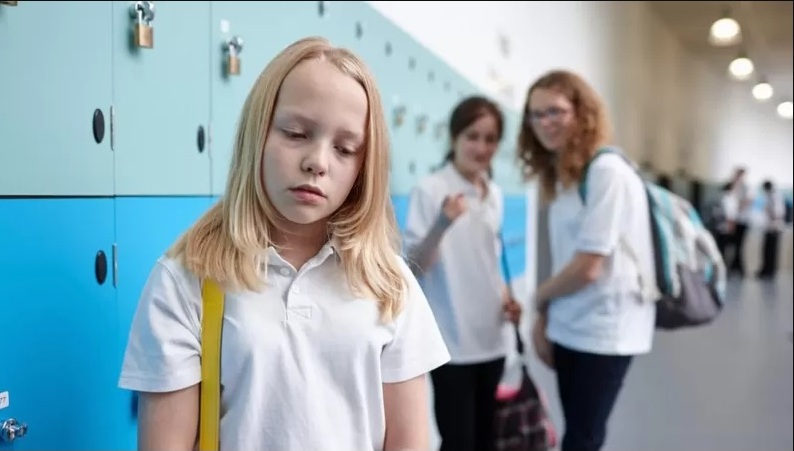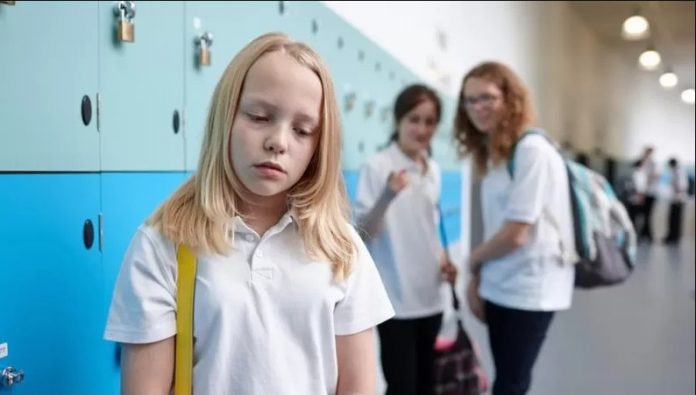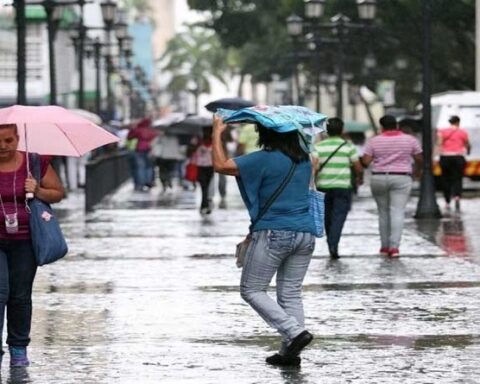Lady Gaga, Shawn Mendes, Blake Lively, Karen Elson, Eminem, Kate Middleton and Mike Nichols. These are just some of the people who have spoken about their experience as victims of bullying and the pain it has caused them in childhood and later in life.
Anyone who has been victimized as a child will understand the feelings of shame that can generate these types of experiences. And the consequences do not stop there.
Recent research suggests that the effects of childhood bullying can persist for decadeswith lasting changes that can put us in increased risk of diseases mental and physical.
These findings are leading an increasing number of educators to change their view of bullying: from an inevitability of growing up to a violation of children’s human rights.
“People used to think that bullying was normal behavior and, in some cases, that it could even be a good thing, because it helps build character,” explains Louise Arseneault, professor of developmental psychology at King’s College London, in the United Kingdom.
“It took them a long time [a los investigadores] start looking at this behavior as something that can be really harmful.”
With this change in mindset, many researchers are now testing various anti-bullying schemes, with some exciting new strategies to create a friendlier school environment.
Culture of tolerance of victimization
The Olweus Harassment Prevention Program (Olweus Bullying Prevention Program) is one of the most tested schemes.

It was developed by the late Swedish-Norwegian psychologist Dan Olweuswho spearheaded much of the early academic research on child victimization.
The program is based on the idea that individual instances of bullying are often the product of a larger culture that tolerates victimization. As a result, it attempts to address the entire school ecosystem to prevent misbehavior from flourishing.
Like many other interventions, the Olweus Program begins with a recognition of the problem. For this reason, schools should conduct a survey to ask students about their experiences.
“Knowing what’s going on in your building is really important and can guide your bullying prevention efforts,” says Susan Limber, a professor of developmental psychology at Clemson University in South Carolina.
The Olweus Program encourages the school to set very clear expectations for acceptable behavior, and the consequences if those rules are broken.
«[Las sanciones] they shouldn’t be a surprise to the child,” says Limber. Adults must act as positive role models, reinforcing good behaviors and showing zero tolerance for any form of victimization.
They should also learn to recognize the places within the school where bullying is most likely to occur and monitor them regularly.
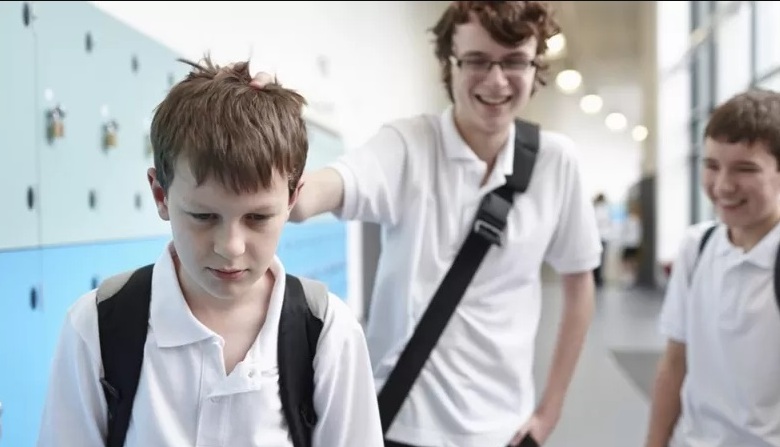
“Every adult in the school needs basic bullying training: the people who work in the cafeteria, the bus drivers, the janitor,” Limber says.
At the classroom level, children themselves organize meetings to discuss the nature of bullying and ways they can help students who are victims of this behavior.
The objective, in all of this, is to ensure that the anti-bullying message is ingrained in the culture of the institution.
Positive results
Working with Olweus, Limber tested the scheme in various settings, including a large-scale implementation in more than 200 schools in Pennsylvania.
Their analyzes suggest that the program resulted in 2,000 fewer cases of bullying over two years. Importantly, the researchers also observed changes in the general attitude of the school population toward bullying, including a greater empathy with the victims.
Limber’s findings aren’t the only ones to show that systematic anti-bullying campaigns can bring about positive change.

A recent meta-analysis, which examined the results of 69 trials, concluded that anti-bullying campaigns not only reduce victimization but also improve the overall mental health of students.
Interestingly, the length of the shows did not seem to predict their chances of success.
“Even a few weeks of intervention were effective,” says David Fraguas, of the Institute of Psychiatry and Mental Health at the Hospital Clínico San Carlos, in Madrid, Spain, who was the lead author of the study.
Watch for the signs
Bullying doesn’t stop at school, and Limber argues that parents and caregivers should be on the lookout for signs that there may be a problem. “You have to be proactive in talking about it, don’t wait for it to come up,” he says.
“You can do it as part of a conversation like, ‘How are things going with your friends? Do you have any problem?'”.
She emphasizes that the adult must take the child’s concerns seriously, even if they seem trivial from an outside perspective, at the same time keep an open mind.
“Listen carefully and try to control your emotions as you listen to them.” The caregiver should avoid making hasty suggestions about how the child can handle the problem, as this can sometimes create a feeling that the victim is to blame for the experience.
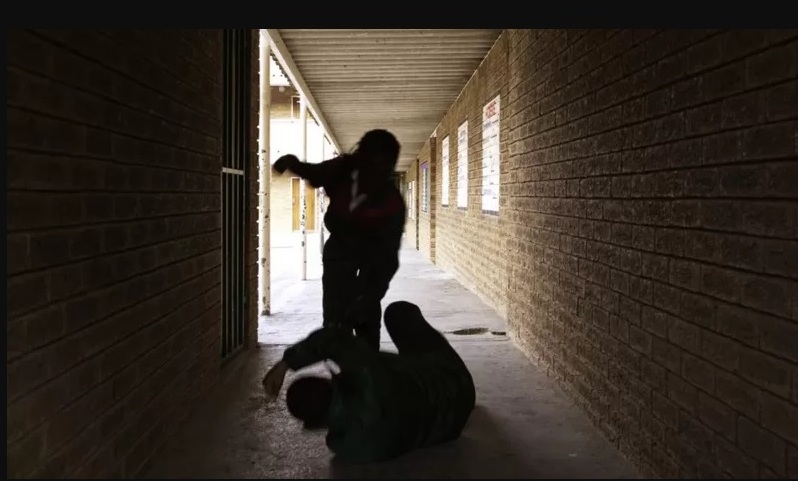
If applicable, the parent/guardian should start a conversation with the school, which should make a plan right away to make sure the child feels safe. “The first thing is to focus on that child and his experiences.”
Growing up is rarely going to be easy: children and adolescents are learning to manage social relationships and that is going to bring pain and discomfort.
But as adults, we can do a much better job of teaching children that certain kinds of behaviors are never acceptable: there is no one to blame but the aggressors themselves.
These lessons could have a widespread impact on the health and happiness of many generations to come.
*This article was published on BBC Future.

